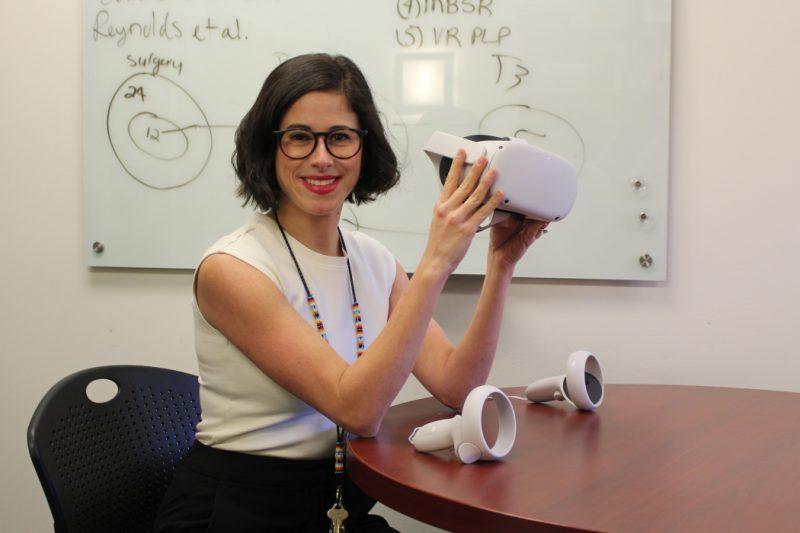
Rapid eye movement (REM) sleep behaviour disorder (RBD) causes dream enactment behaviours such as vocalizations and motor actions, which can be violent
Patients who report a history of injuries to themselves (e.g., falling from bed) or to their bed partner should be assessed for RBD.1 With clinical suspicion through patient or bed partner history, or use of validated scales (e.g., RBD screening questionnaire),1 diagnosis is confirmed with polysomnography showing REM sleep without atonia (sensitivity 83%–100%; specificity 88%–100%).2
Personal and environmental factors are associated with RBD
The prevalence of the disorder among adults aged 40–80 years is about 1%, with a spectrum of severity. Risk factors include older age, male sex, smoking, traumatic brain injury and environmental exposures (e.g., pesticides). 3 Antidepressants may cause symptoms to emerge.4
The disorder should be differentiated from other mimics
Specific features differentiate RBD from non-REM parasomnias (e.g., sleepwalking, night terrors) and obstructive sleep apnea (Appendix 1, available at www.cmaj.ca/lookup/doi/10.1503/cmaj.221820/tab-related-content); RBD occurs more frequently in the second half of the night, and patients reorient quickly upon awakening. Treatment of RBD differs from non-REM parasomnias and obstructive sleep apnea.
Management includes both pharmacological and environmental interventions
Given fewer adverse effects, immediate-release melatonin (3–15 mg) is preferred over clonazepam (0.125–2 mg), despite lower efficacy in reducing symptoms (32.9% v. 66.7%).4 Melatonin causes mild sedation, nausea and disturbing dreams, while clonazepam increases risk for falls, driving or cognitive impairment and drug dependency.5 Patients should create a safe sleeping environment by removing hazardous objects from their surroundings and placing a soft mat on the ground beside their bed; they should consider avoiding cosleeping. Sleep hygiene and treatment of concomitant sleep disorders are also important.
Patients should be monitored for Parkinson disease and dementia with Lewy bodies
More than 70% of patients with RBD develop α-synucleinopathies within 12 years.3 Clinicians should monitor patients for gait hesitancy, hyposmia and neuropsychiatric symptoms suggestive of early Parkinson disease. Clinicians should refer patients with such symptoms to a neurologist.
Footnotes
-
Competing interests: Michael Mak reports an unrestricted education fund from Paladin Labs, consulting and speaker fees from Eisai, and speaker fees from Sunovion. He sits on education committees with the American Academy of Sleep Medicine and the Canadian Psychiatric Association. No other competing interests were declared.
-
This article has been peer reviewed.
This is an Open Access article distributed in accordance with the terms of the Creative Commons Attribution (CC BY-NC-ND 4.0) licence, which permits use, distribution and reproduction in any medium, provided that the original publication is properly cited, the use is noncommercial (i.e., research or educational use), and no modifications or adaptations are made. See: https://creativecommons.org/licenses/by-nc-nd/4.0/
Violent behaviour during sleep - CMAJ
Read More

No comments:
Post a Comment